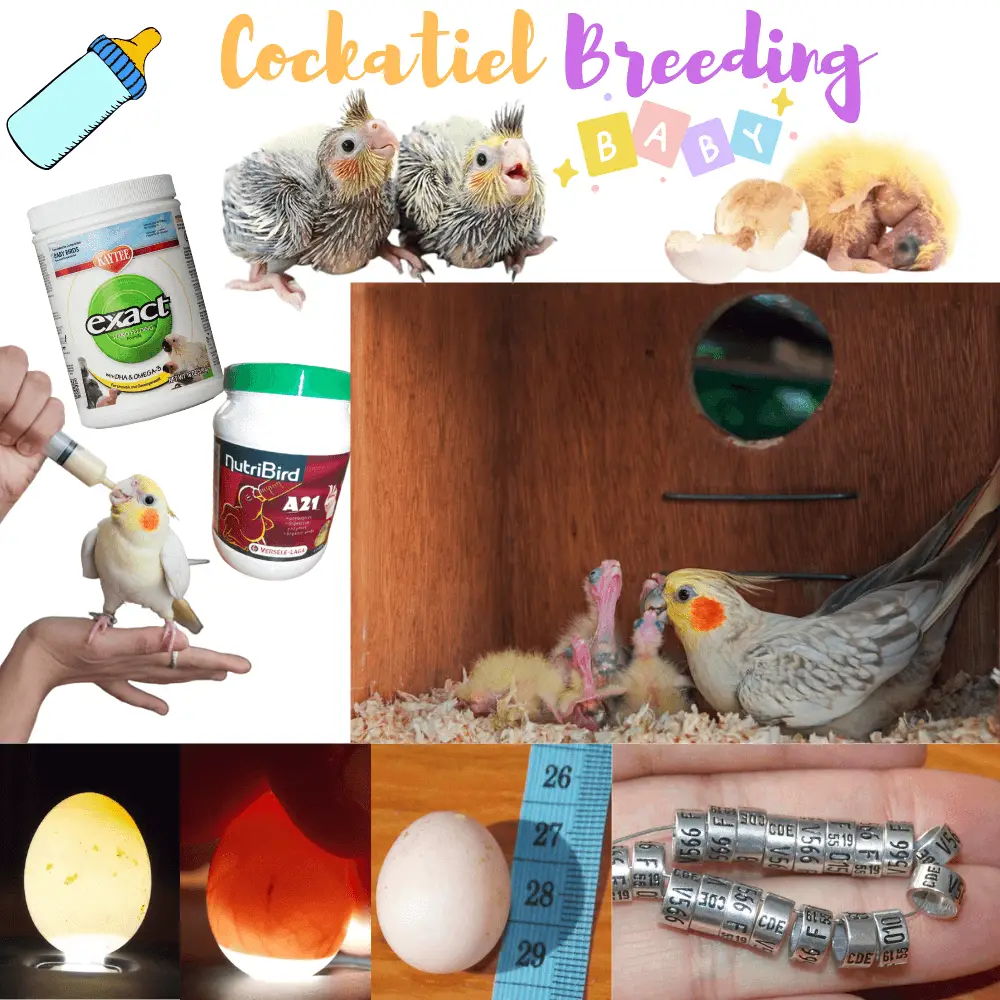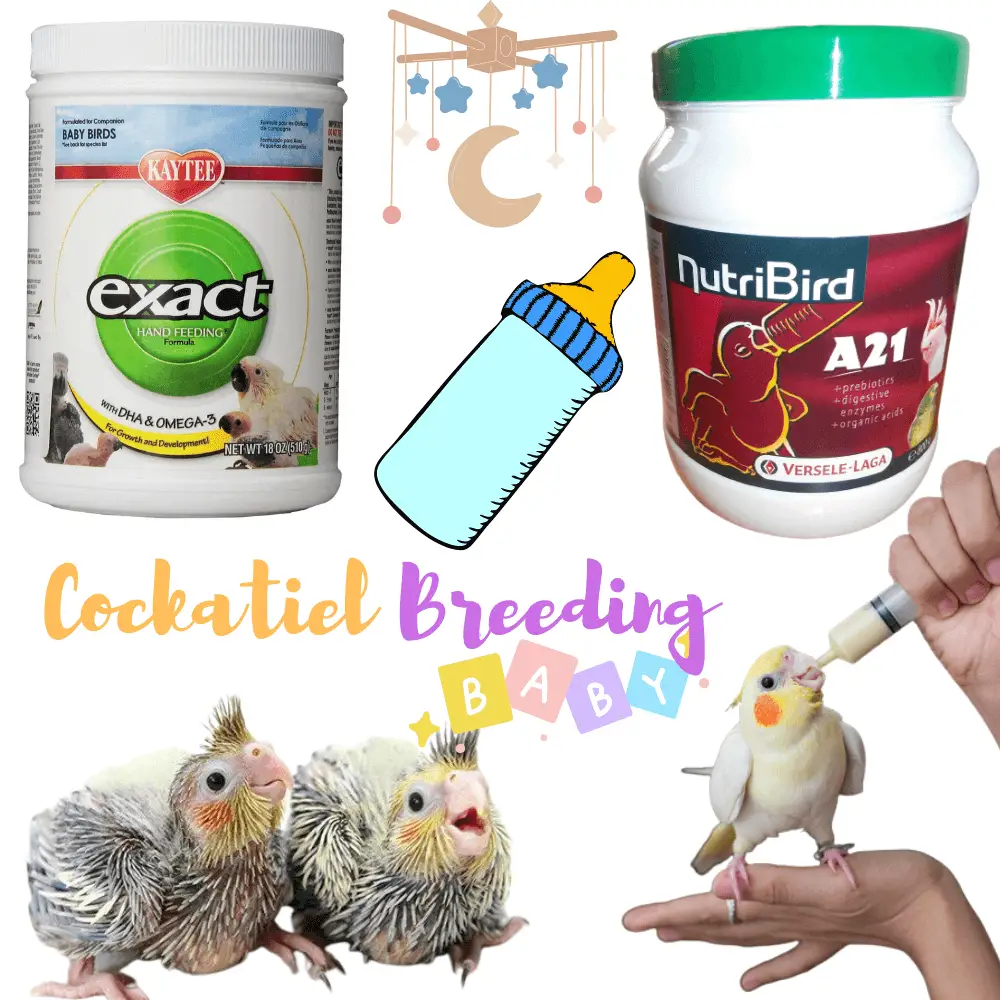
Cockatiel breeders: Breeding of the cockatiel: selection of breeders, Selecting your breeders is the crucial point of the work of any breeder. There are many parameters to take into account to obtain results in accordance with its objectives, from generation to generation…
Morphological selection
In the first place, it is useful to specify that there is a Standard for the parakeet cockatiel published by the National Commission of judges of France. This Standard brings together all the information to know about the morphology as well as the mutations of this species, as they should be in ideal conditions. However, it is absolutely not mandatory to breed the cockatiels according to this Standard, it is the personal choice of the breeder.
Cockatiel breeders

However, there are some morphological criteria that it is interesting to monitor when selecting breeders. Thus, the bird must be of good size, and size: the wings that cross in the back when the bird is laid is a sign of defect in size at the level of the chest of the animal. The hoopoe must be provided, longer in front and shorter and shorter behind. The Standard requires a hoopoe with a minimum length of 7cm in the male and 6cm in the female.
Finally, an important criterion to watch out for is the absence of a plumage hole behind the hoopoe. This defect is recurrent in cockatiels and it is better to be careful to select only birds that are free of it.
Selection of maternal and paternal abilities
Both males and females are responsible for brooding and weaning the young, so both members of the couple must demonstrate obvious mothering qualities. It is useful to know the statistics of a couple in terms of hatching, feeding, and weaning of each brood.
Upstream, it is also useful to keep information about the fertility of each bird. As such, selecting the females making the largest eggs is advised.
Cockatiel breeders

Selection on the behavioral compatibility of the couple and pairing
A couple that is compatible and gets along well will have greater reproductive success. But how to establish the so-called “behavioral compatibility”? There are 5 variables to observe: two compatible cockatiels will be close to each other, synchronous, respond positively to mutual grooming, copulate frequently, and have a low rate of aggression towards each other.
Pairs formed according to behavioral accounting will have superior reproductive results: better coordination of incubation, a greater number of fertile eggs, and the weaning of the young easily performed.
The forced pairing of a couple (i.e. the formation of a couple by the breeder) must be carried out before the extension of the days, approximately before the summer solstice. Indeed, reproductive performance is lower when the couple is formed after the onset of long summer days. However, a pair that has already reproduced together will always have better reproductive activity, even as a result of forced pairing.
Cockatiel breeders

Selection according to the couple’s breeding methods
Selecting a pair according to the method with which each animal was raised is not an aberration. Indeed, EAM cockatiels and EPP cockatiels do not have the same reproductive success.
A study conducted in 1988 investigated the reproduction of paired pairs according to their method of rearing. The birds were either raised by hand (H, in the study) or raised by the parents (P, in the study). Pairs were formed to present H-male/H-female, or H-male/P-female, P-male/P-female, or P-male/H-female duos.
The results tend to prove that – while hand-raised females lay more eggs than females raised by parents – they are also more likely to deposit them on the ground rather than in a nest box, which reduces the success of hatching.
Hand-raised males produce less fertile eggs than males raised by parents and have diminished paternal abilities.
Bird Breeder Index by Location (United States)

Choose a Parrot Breeder Carefully
SOURCE:BirdTricks




















